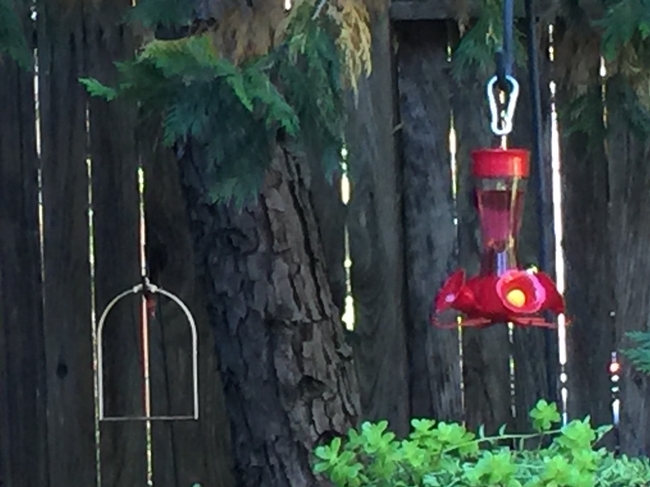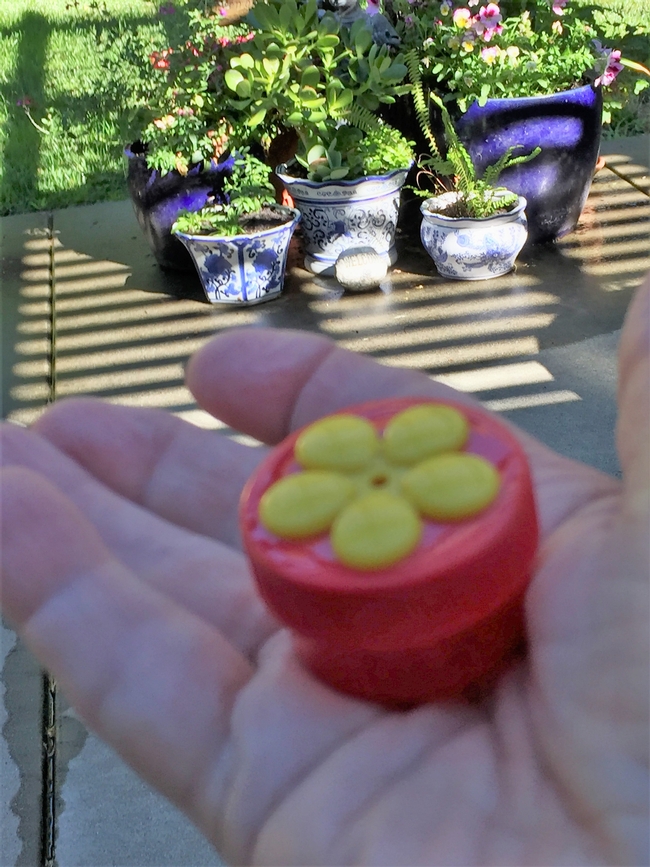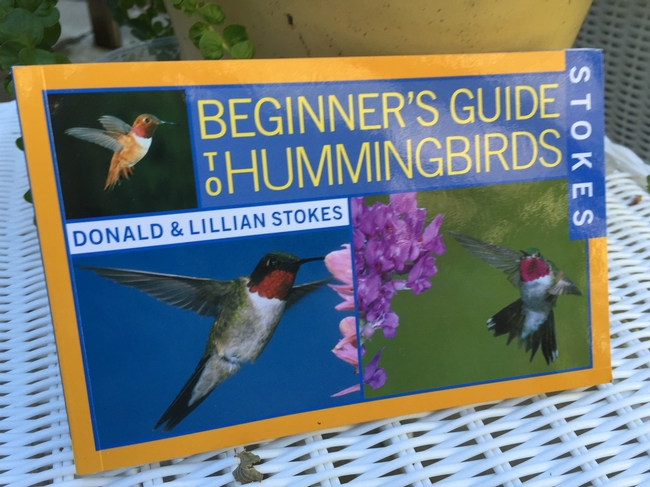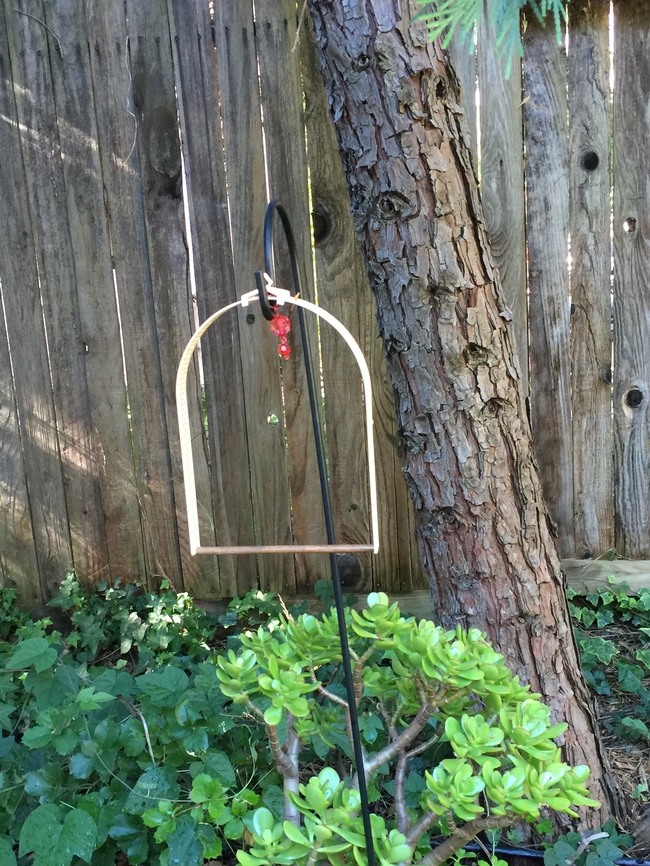Kids and Hummingbirds
I am a hummingbird nerd. The more I learn about these tiny dynamos of flight, the more I want to learn. Another thing I am passionate about is helping children learn about this amazing world we live in. Before I retired, I taught for 25 years in Fairfield public schools, mostly second and third graders. I truly love involving children in the learning process, making it interesting and exciting. If you have children around you this summer, possibly on vacation from school, maybe you can introduce them to the hummingbirds that live in our area.
Hummingbirds are only found in the Western Hemisphere, with most varieties in the warm tropical regions of Central and South America. The well-known Ruby-Throated Hummingbird spends the winter in Mexico, and then migrates to the eastern portion of the United States and Canada for the summer. In California, we are fortunate to have other varieties who migrate through our area, from Mexico on their way to western Canada and Alaska for the summer, including the orange-colored Rufous and Allen's hummingbirds, and the green/beige Calliope hummingbird. Hummingbirds do not migrate in a flock, but travel alone, and are likely to return to the same area where they hatched.
The Anna's hummingbird lives in northern California year-round, thanks to our mild winters, and the increasing numbers of home gardens with hummingbird feeders available. The male Anna's is one of the easiest to identify, thanks to his rose red head, and his greenish-gray breast and belly. The female will build a nest of tiny twigs, held together with spider webs and lichen. The average hummingbird nest will be about the size of a half-dollar coin. The female usually lays two tiny eggs, which resemble mini-white jelly beans.
To help you to answer some of those kid questions, as well as your own, I'd like to recommend a book, Beginner's Guide to Hummingbirds, by Donald and Lillian Stokes. With colorful photos and easy to understand text, this book will guide you into adding onto the information you already have.
If you want to begin the fascinating process of watching hummingbirds in your garden, an inexpensive hummingbird feeder would be available for around $10 at our local garden supply stores. I have seen designs for a homemade feeder, using an empty plastic soda bottle, but I have never tried that. The feeder needs to have something red as part of its design, which helps the birds to find it. When making food for it, use 4 cups water to 1 cup sugar, boiling the mixture for 2 minutes, and then letting it cool. The boiling step will help prevent algae growth in the feeder over several days, especially if the temperature stays hot during the day. Do not use honey or artificial sweetener, as these may be harmful to the hummingbird. Research has not confirmed that adding red food coloring is harmful to the tiny birds, but it has been discussed is some of the books I've read. I usually add just a drop or two, tinting the water pink, which helps me to see from the window when the feeder is almost empty. Be sure to wash the feeder thoroughly each time before refilling it.
A fun activity to try is the hand-held hummingbird feeder, which can be purchased online, or made from a small red lid or bottle cap. Fill the tiny feeder with the same food solution described above, and place the tiny feeder on your outstretched palm. Wear something red to attract the hummingbird, and place your chair not too far from where you have seen hummingbirds visiting your flowers or larger feeder. Hummingbirds tend to be most active in the mornings or evenings, which might give you a better chance of having one visit you. Sit quietly as you wait!
If you or the kids enjoy making projects, you might like to make a tiny hummingbird swing. Use a piece of a wire coat hanger, or other heavy wire, and curve it into a “U” shape. Find a tiny twig, or cut a 6” piece of a wooden dowel, diameter no larger than one-fourth inch. Fasten the dowel to the “U” shape, turning the entire thing so the “swing” twig is at the bottom. Decorate your swing with a bit of red ribbon or a red bead. Hang it near your feeder. Hummingbirds have very tiny feet which they use to perch, but not to walk or hop, like most other birds do. Your swing will give your new friend a resting place.
One final idea, as the summer heat is upon us, is if you or your kids enjoy coloring. I googled “hummingbird coloring pages”. Many websites offered free pages, depending on the child's age. I hope you will continue to join me, as we learn more about sharing our Northern California neighborhoods with Anna's hummingbirds!

photos by Martha White

IMG 4051

IMG 4052

IMG 4053




Thank you
Posted by bob miller on September 11, 2017 at 2:34 PM